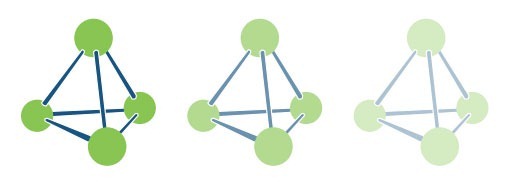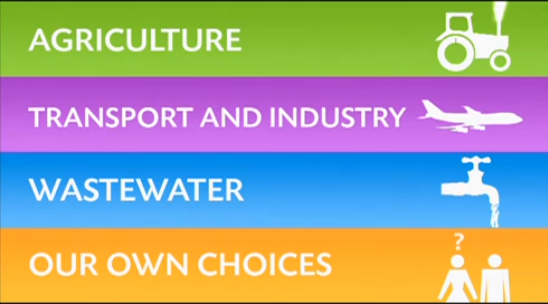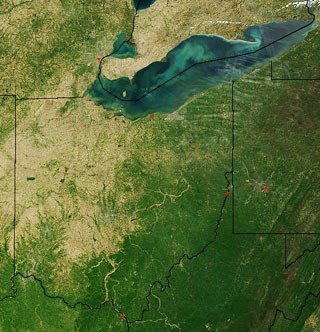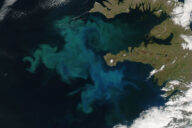Limited amount of total phosphorus actually feeds algae, study finds
0
Phosphorus is by far the leading cause of most eutrophication in lakes and water systems. However, the nutrient enters the environment in a variety of forms, which can profoundly differ in their abilities to feed the harmful algal blooms that create hostile aquatic environments, according to new research from the University of Washington.
Phosphorus is sometimes discharged into waterways in complex molecular forms for which algae lack the enzymes to break down and consume, the study states. In fact, bioavailable phosphorus — phosphorus that can be utilized by plants and bacteria — is only a fraction of the total, according to Michael Brett, a UW engineering professor who worked on the study with graduate student Bo Li.
The study was a collaboration with six facilities that discharge into the Spokane River. The dischargers are experimenting with new phosphorus removal methods that target the bioavailable forms of phosphorus most likely to feed algal blooms.
Researchers tracked the discharge’s growth rate to assess the bioavailability of the phosphorus in the effluent using an algal bioassay technique, which allowed the calculation of phosphorus bioavailability without requiring wet chemistry approaches to quantify phosphorus forms and infer their bioavailability.
They found that the treatments reduced the total phosphorus flowing into the river, but they also seemed to intensely target the bioavailable forms.
These results indicate that conventional methods for regulating phosphorus, basing it on total phosphorus, could be an imprecise approach, Brett said.
According to the study, a pilot program at the city of Spokane’s wastewater treatment plant showed that treatments reduced total phosphorus levels from 500 parts per billion to 50 parts per billion. More remarkably, they reduced the amount of bioavailable phosphorus from 400 parts per billion to 10 parts per billion. The phosphorus clings to other compounds within the wastewater, making in inaccessible to plants and bacteria, according to Brett.
“It’s getting out the most important phosphorus,” he said.
Similar results came from a pilot treatment program in the city of Coeur d’Alene’s as well as at a newsprint plant belonging to Inland Empire Paper Co.
The results are not likely enough on their own to lead to changes in discharge regulation policies, but they will hopefully open up future discussion and perhaps follow-up research, Brett said.
Phosphorus removal methods targeting types that spur algae [The Spokesman-Review]













